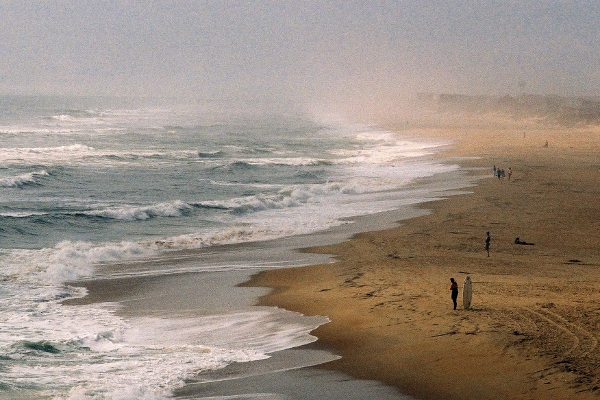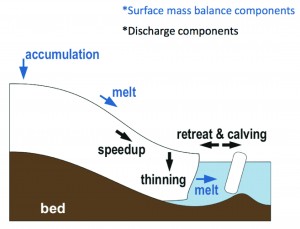Last week the science community was shocked by the claim that 42% of the sea-level rise of the past decades is due to groundwater pumping for irrigation purposes. What could this mean for the future – and is it true?
The causes of global sea level rise can be roughly split into three categories: (1) thermal expansion of sea water as it warms up, (2) melting of land ice and (3) changes in the amount of water stored on land. There are independent estimates for these contributions, and obviously an important question is whether their sum is consistent with the total sea level rise actually observed.

foto (c) Stefan Rahmstorf 2012
[Read more…] about What makes sea-level rise?

 Among the most important recent papers, in our view, is the one by
Among the most important recent papers, in our view, is the one by 